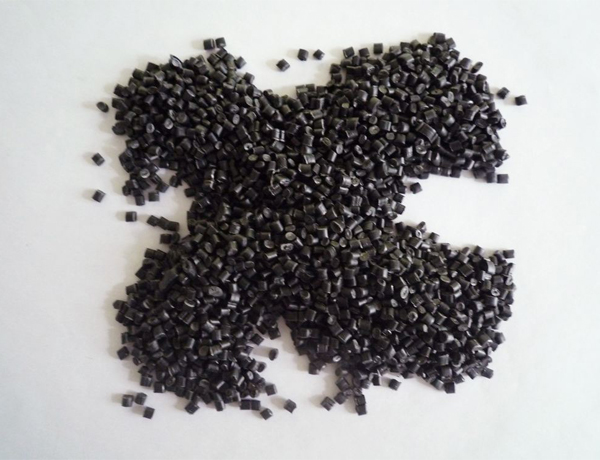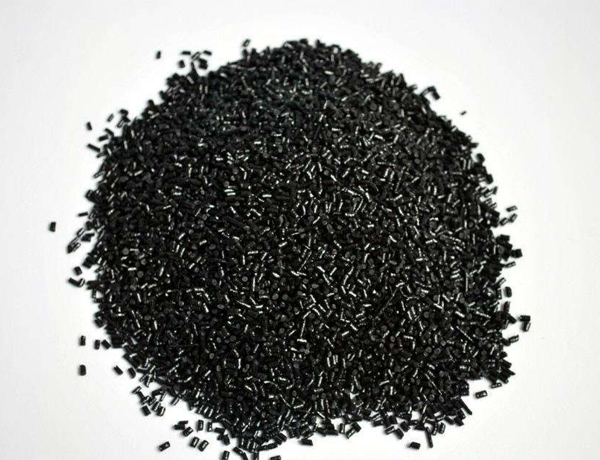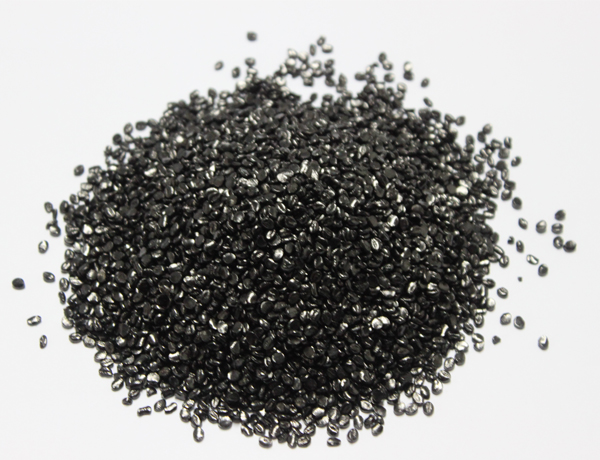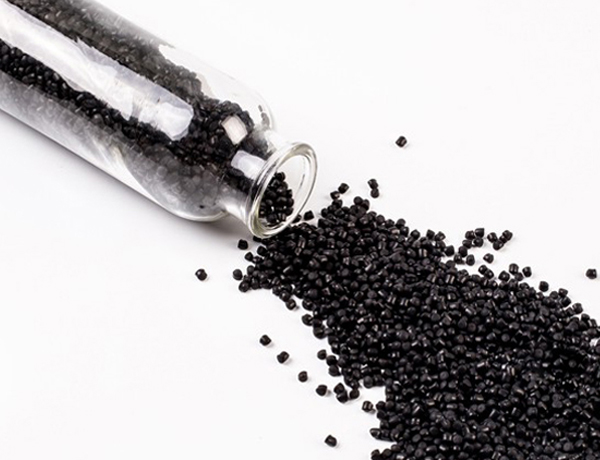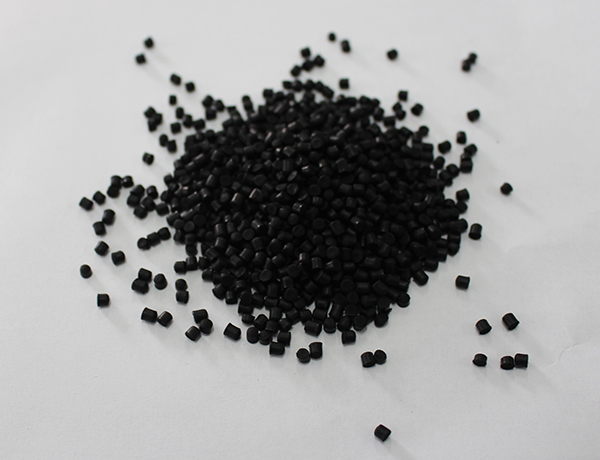Thermoplastic Semiconductive Shielding Material for Conductor of Non-crosslinked Polyethylene Insulat
Product Name, Model Type and Usage
| Type | Product Name | Usage |
|---|---|---|
| PSD |
Thermoplastic Semiconductive Shielding Material for Conductor of Non-crosslinked Polyethylene Insulated Cable |
Insulation used for power cable up to 10KV-35KV |
Product Introduction
This project is a semi-conductive shielding material based on polyolefin, adding conductive carbon black and various specific additives, through mixing, plasticizing, extrusion and granulation.
Specifications
·Excellent Conductivity ·Excellent Aging Resistance
·Excellent Processing Performance ·Excellent Peelability
·Excellent Mechanical Properties
Use Characteristics
The cross-linked semi-conductive shielding material is suitable for cable conductors, and the maximum permissible working temperature is 90 C for a long time.
Thermoplastic semi-conductive shielding material is suitable for cable conductors. The maximum permissible working temperature is 70 C for a long time.
Process Technology
It is suitable for the processing of existing screw equipment of power cable, and can obtain good extrusion process effect.
Recommended Processing Temperature:
| Zone | 1# | 2# | 3# | 4# | 5# | Head |
|---|---|---|---|---|---|---|
| Temp(℃) | 80 | 85 | 90 | 95 | 100 | 110 |
Packages & Storage
Semi-conductive shielding materials should be stored in a clean, dry and ventilated warehouse. Storage temperature should not be lower than 0 C and stacking height should not exceed three boxes. The storage period shall not exceed six months from the third day of production.
Semi-conductive shielding material should be packed with moisture-proof packaging, PE composite film bag in the inner bag, sealed packaging, packed in special hard corrugated cartons, waterproof film coated, net weight of 500 Kg per box.±1Kg。
Technical Specifications
| Specification / type |
Unit |
Standard Value |
SH8505 or DTI-36 |
Standard Value |
SH8506 or DTO-36-N |
Test Method |
|---|---|---|---|---|---|---|
|
Density |
g/cm3 |
≤1.18 |
1.12 |
≤1.18 |
1.15 |
GB/T 1033.1 |
|
Low Temperature Impact Embrittlement Temperature |
℃ |
-40 |
Pass |
-40 |
Pass |
GB/T 5470 |
|
Hot Set Test,200℃0.2MPa |
|
|
|
|
|
GB/T 2951.5 |
|
Elongation Under Loading |
% |
≤100 |
50 |
≤110 |
48 |
|
|
Permanent Deformation after Cooling |
% |
≤15 |
0 |
≤15 |
0 |
|
|
Melting index,100℃21.6Kg |
g/10min |
≤1.5 |
1 |
≥2.0 |
1.5 |
GB/T 3682 |
|
|
|
|
|
|
|
|
|
Mechanical Properties |
Unit |
Standard Value |
SH8505 or DTI-36 |
Standard Value |
SH8506 or DTO-36-N |
Test Method |
|
Tensile Strength |
MPa |
≥12 |
14 |
≥10 |
14.2 |
GB/T 1040.3 |
|
elongation at break |
% |
≥180 |
240 |
≥200 |
290 |
GB/T 1040.3 |
|
|
|
|
|
|
|
|
|
Aging properties |
Unit |
standard value |
SH8505 or DTI-36 |
standard value |
SH8506 or DTO-36-N |
test method |
|
Thermal aging properties,135℃×168h |
|
|
|
|
|
GB/T 2951.12 |
|
Tensile Strength Change Rate |
% |
±30 |
1 |
±30 |
15 |
GB/T 1040.3 |
|
Fracture elongation change rate |
% |
±30 |
-27 |
±30 |
-22 |
GB/T 1040.3 |
|
|
|
|
|
|
|
|
|
Electrical performance |
Unit |
standard value |
SH8505 or DTI-36 |
standard value |
SH8506 or DTO-36-N |
test method |
|
20℃ Volumetric resistivity |
Ω·cm |
≤100 |
31 |
≤100 |
90 |
GB/T 1410 |
|
90℃ Volumetric resistivity |
Ω·cm |
≤5000 |
491 |
≤2500 |
680 |
GB/T 1410 |
|
Volumetric Resistance after Thermal Aging,100℃×168h |
h |
|
|
|
|
|
|
90℃,Volumetric resistivity |
Ω·cm |
≤1000 |
306 |
≤1000 |
489 |
GB/T 1410 |
|
|
|
|
|
|
|
|
|
peel strength |
N/cm |
- |
- |
10-40 |
29 |
|
|
Peeling strength after aging,100℃×168h |
h |
|
|
|
|
|
|
peel strength |
N/cm |
- |
- |
10-45 |
29 |
|


